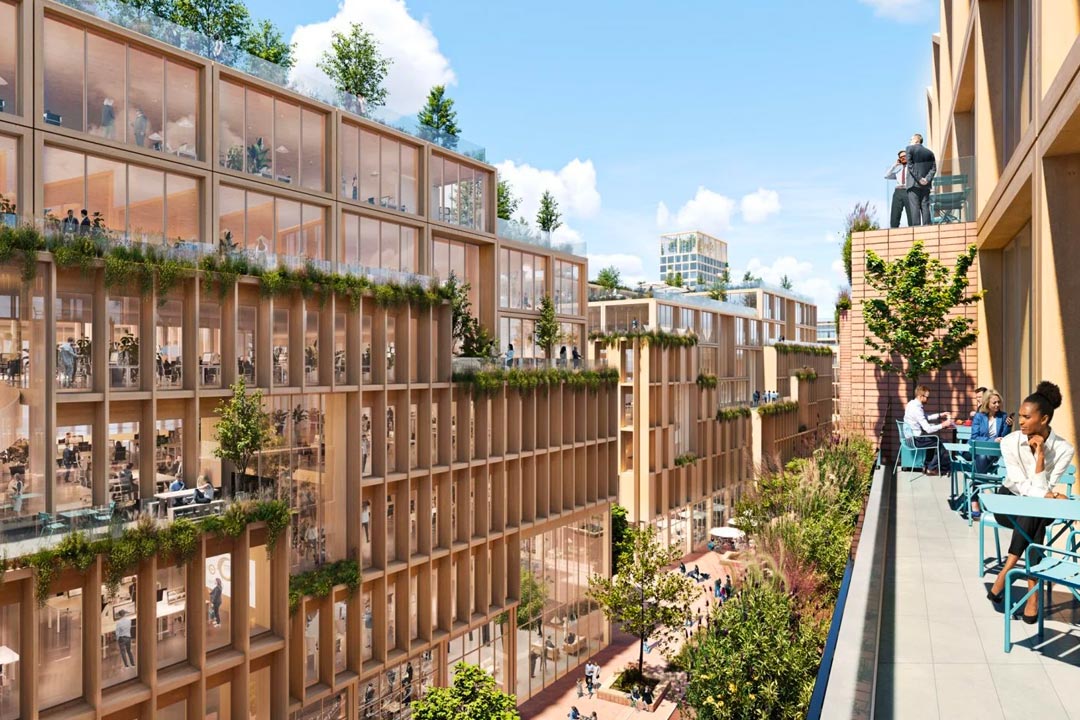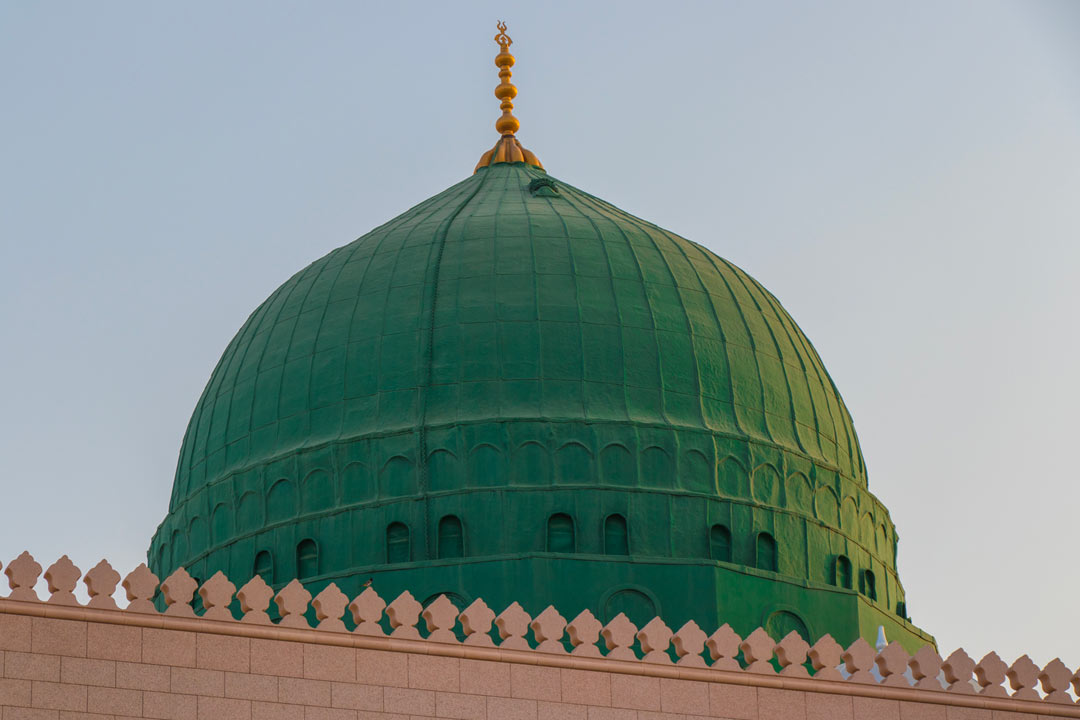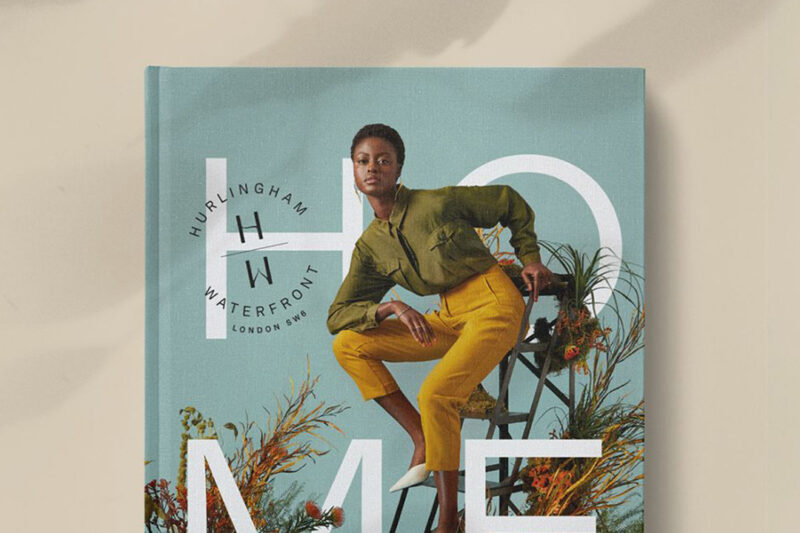

Metropolis Magazine / Laura Feinstein
Is This New York City Office the Future of the Workplace?
What does work look like in 2023? Think pieces aside, evidence says that the era of the standard office has ended. According to Gallup, 45 percent of full-time employees in the United States worked from home all or part-time in 2021, with JLL showing that up to 60 percent of workers prefer a hybrid model. And coaxing employees in creative white-collar fields back to the office now requires much more than just foosball tables and kombucha on tap. But what if the future workplace could be a generative space that fosters creativity rather than simply containing it?


Dezeen / Cajsa Carlson
“World’s largest wooden city” set to be built in Stockholm
Scandinavian studios Henning Larsen and White Arkitekter are designing Stockholm Wood City, which will become the world’s largest mass-timber development and have the “serenity of a forest”. Set to be built in the Stockholm neighbourhood of Sickla, the project was dubbed the “world’s largest wooden city” by developer Atrium Ljungberg as it will use more timber than any other project in development.


Arch Daily / Nour Fakharany
The Symbolic Use of Colour in Islamic Architecture
Today, Islamic architecture is known for its acute attention to detail, craftsmanship, and its spiritual symbolism. Furthermore, as colour plays an essential role in architecture, influencing the emotional experience of the space, different colors have been utilised over the years in Islamic Architecture to evoke certain meanings. In Islamic Architecture, colors hold significant spiritual symbolism, reflecting the values and beliefs of the Islamic faith. Four core colors, Green, Blue, Gold, and White, are each used to convey various cultural, religious, and symbolic meanings.


Natural History Museum / Callum Mair
City life: Why are green spaces important?
By 2050, 68% of the global population will live in cities. That’s 2.5 billion more people than today. In Europe, three out of four of us already live in urban areas, and the consequences of that are becoming clear. As our cities grow and more people move into already crowded spaces, what do we need to do to transform our urban areas into healthy places to live? An increasing body of research tells us that we should be letting nature back in.


